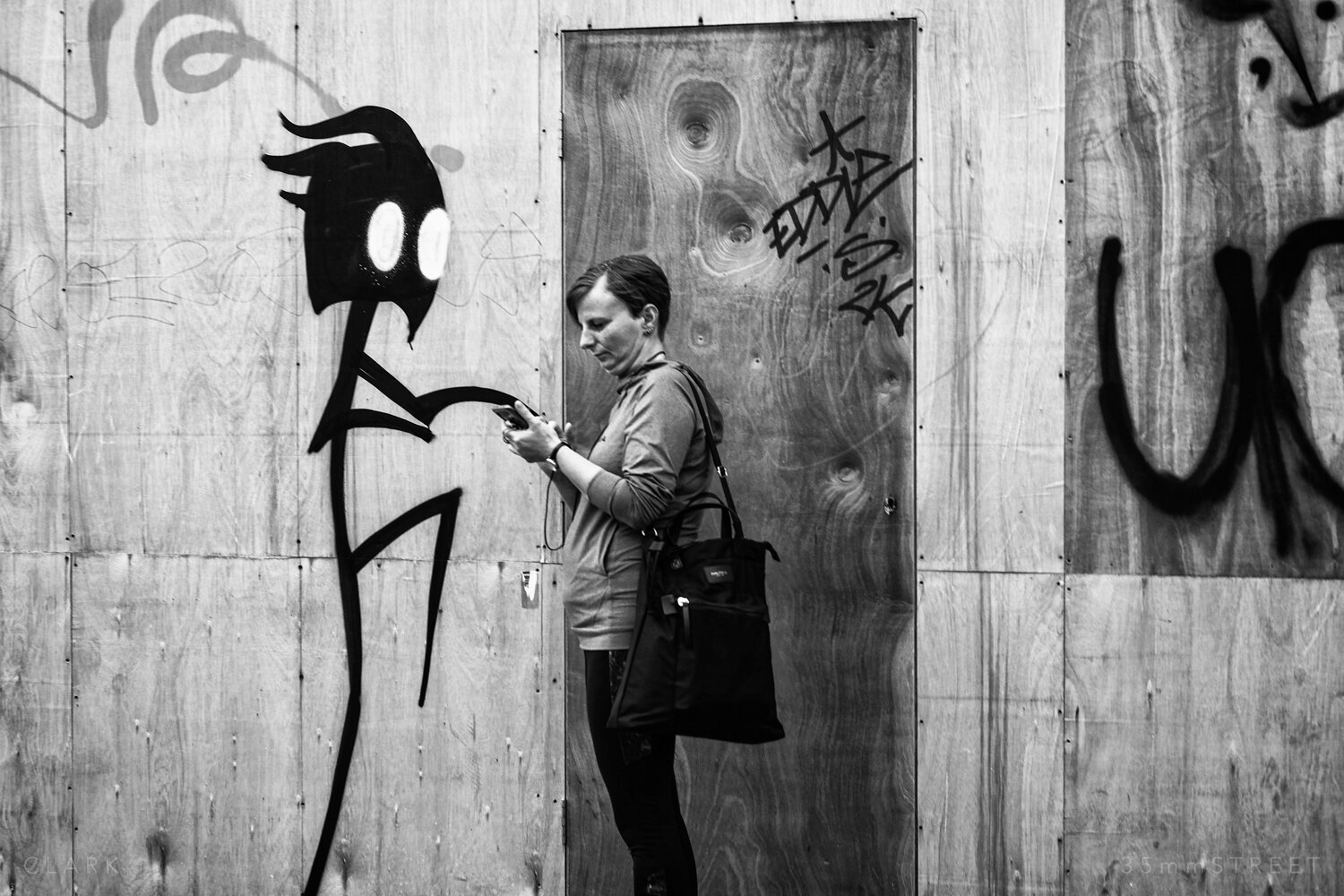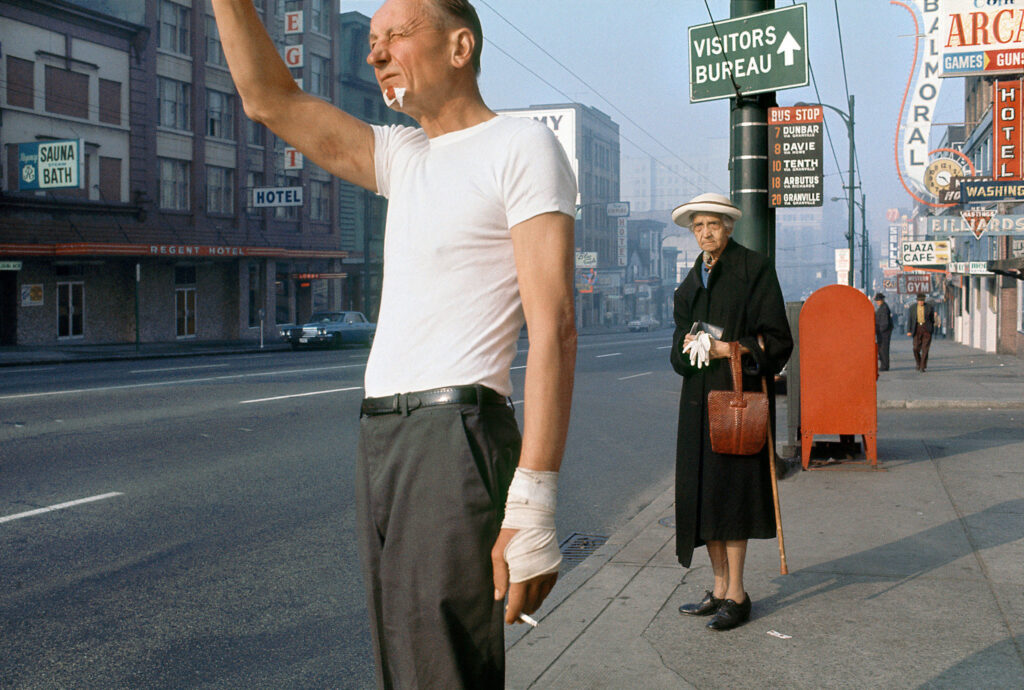Rumored Buzz on Street Photographers
Rumored Buzz on Street Photographers
Blog Article
The Buzz on Street Photographers
Table of ContentsThe Facts About Street Photographers UncoveredAn Unbiased View of Street PhotographersThe smart Trick of Street Photographers That Nobody is Talking AboutA Biased View of Street Photographers6 Simple Techniques For Street Photographers
, a genre of photography that records everyday life in a public location. The actual publicness of the setting allows the photographer to take honest photos of strangers, typically without their understanding. Road digital photographers do not always have a social objective in mind, but they choose to separate and catch minutes which might otherwise go unnoticed.Though he was affected by many of those who affected the road digital photographers of the 1950s and '60s, he was not primarily interested in catching the spirit of the road. The impulse to aesthetically record individuals in public started with 19th-century painters such as Edgar Degas, douard Manet, and Henri de Toulouse-Lautrec, that worked side by side with professional photographers attempting to record the significance of urban life.

Offered the great quality of his pictures and the breadth of product, architects and musicians typically bought Atget's prints to use as referral for their own job, though industrial passions were rarely his main motivation. Rather, he was driven to photo every last remnant of the Paris he liked.
About Street Photographers
They expose the city via his eyes. His work and basic understanding of digital photography as an art form offered as inspiration to generations of digital photographers that followed. The future generation of road digital photographers, though they likely did not describe themselves as such, was ushered in by the photojournalism of Hungarian-born professional photographer Andr Kertsz.
Unlike his peers, Brassa made use of a larger-format Voigtlnder camera with a much longer direct exposure time, compeling him to be more computed and thoughtful in his technique than he may have been if utilizing a Leica.
Cartier-Bresson was a champ of the Leica cam and among the initial photographers to maximize its capabilities. The Leica permitted the digital photographer to connect with the surroundings and to record minutes as they took place - Street Photographers. Its reasonably tiny dimension likewise aided the professional photographer fade into the history, which was Cartier-Bresson's recommended strategy
Not known Factual Statements About Street Photographers
It is because of this essential understanding of the art of photo taking that he is commonly attributed with finding the tool all over once more roughly a century given that its innovation. He took pictures for even more than a half century and affected generations of digital photographers to trust their eye and intuition in the minute.
These are the inquiries I will attempt to answer: And then I'll leave you with my very own meaning of road photography. Yes, we do. Allow's begin with specifying what a meaning is: According to it is: "The act of defining, or of making something guaranteed, distinctive, or clear".
No, definitely not. The term is both limiting and misguiding. Sounds like a road digital photography must be pictures of a roads ideal?! And all street photographers, with special info the exception of a little number of absolute novices, will completely appreciate that a road is not the crucial part to street photography, and in fact if it's a photo of a street with possibly a couple of monotonous people doing absolutely nothing of passion, that's not street digital photography that's a picture of a street.
He makes a legitimate point do not you believe? Nevertheless, while I concur with him I'm not exactly sure "honest public digital photography" will Related Site certainly catch on (although I do sort of like the term "candid photography") since "street photography" has actually been around for a long period of time, with lots of masters' names affixed to it, so I believe the term is right here to remain.
The Ultimate Guide To Street Photographers
You can shoot at the coastline, at a festival, in an alley, in a park, in a piazza, in a cafe, at a gallery or art gallery, in a metro terminal, at an event, on a bridge, under a bridge ...
Yes, I'm afraid we scared no choice! Without guidelines we visit our website can not have an interpretation, and without a meaning we do not have a style, and without a style we do not have anything to define what we do, and so we are stuck in a "regulations definition genre" loophole! - Street Photographers
A Biased View of Street Photographers

Report this page